Excuse me, Why Should HR Know about Six Sigma?
A friend recently spoke at an HR Conference on a competency development roadmap for Six Sigma professionals. During the break, a few participants went up to him and asked him what Six Sigma is. Only then it occurred to him that not every HR person is familiar with well known basic principles and management practices contributing to business performance and leadership development.
Given today’s need for HR professionals to be Strategic Business Partners, to be a ‘Voice of Conscience’ to the CEO as well as Champion for the Employees, those with background in proven management methodologies and tools such as Lean, Six Sigma or Kaizen have a great advantage.

Role of HR and Management Methodologies
The role of the HR professional is typically divided into four main categories – Strategic Business Partner, Change Catalyst, Employee Champion and day-to-day Administrative Operator. In today’s world an HR professional is expected to act with confidence in all four categories.
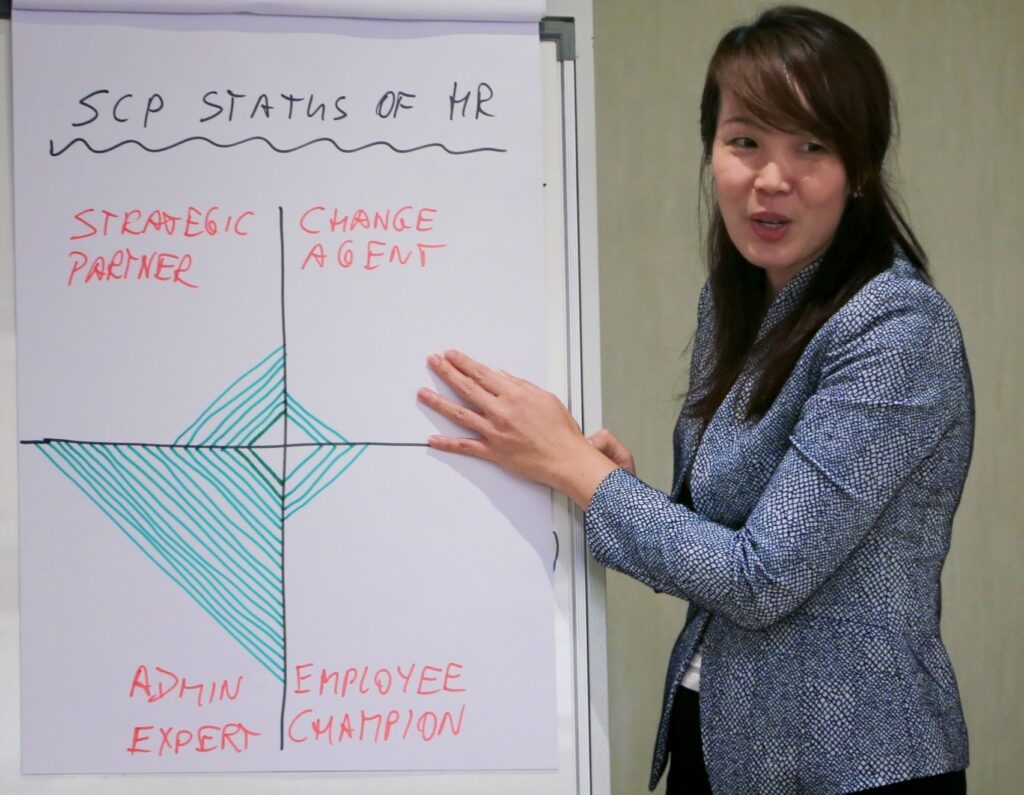
Contributing to Business Excellence
HR Metrics are Business Metrics
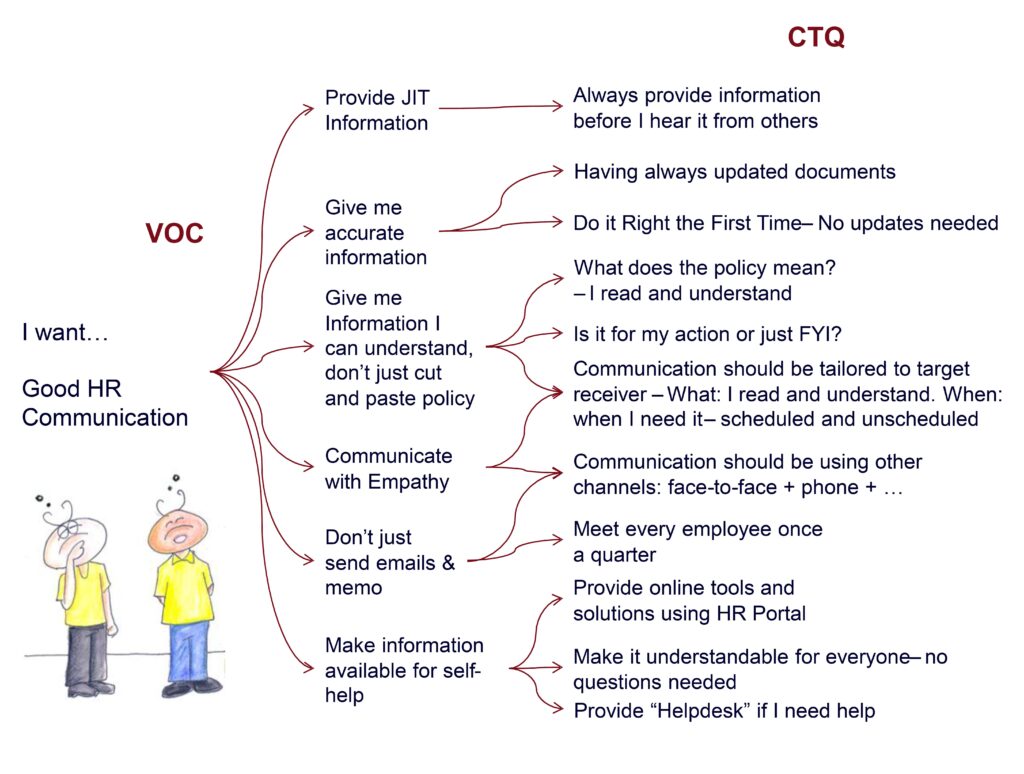
VOC and Kano
Voice of the Customer is a structured multi-step process focusing on capturing the voices of HR’s customers – leaders and staff of your organisation – and translating it into CTQs (Critical to Quality), metrics and actions.
Kano Diagram is a simple yet powerful tool used to prioritise Customer Needs.
Firstly, Musts are expected by your internal customers. By not delivering on Musts, dissatisfaction is inevitable. Since as mentioned earlier, Musts are expected, there is no need for reinforcements on them.
Secondly, The-More-The-Better are satisfiers. More providence on these will contribute to satisfaction. Any form of deficiency will definitely create dissatisfaction.
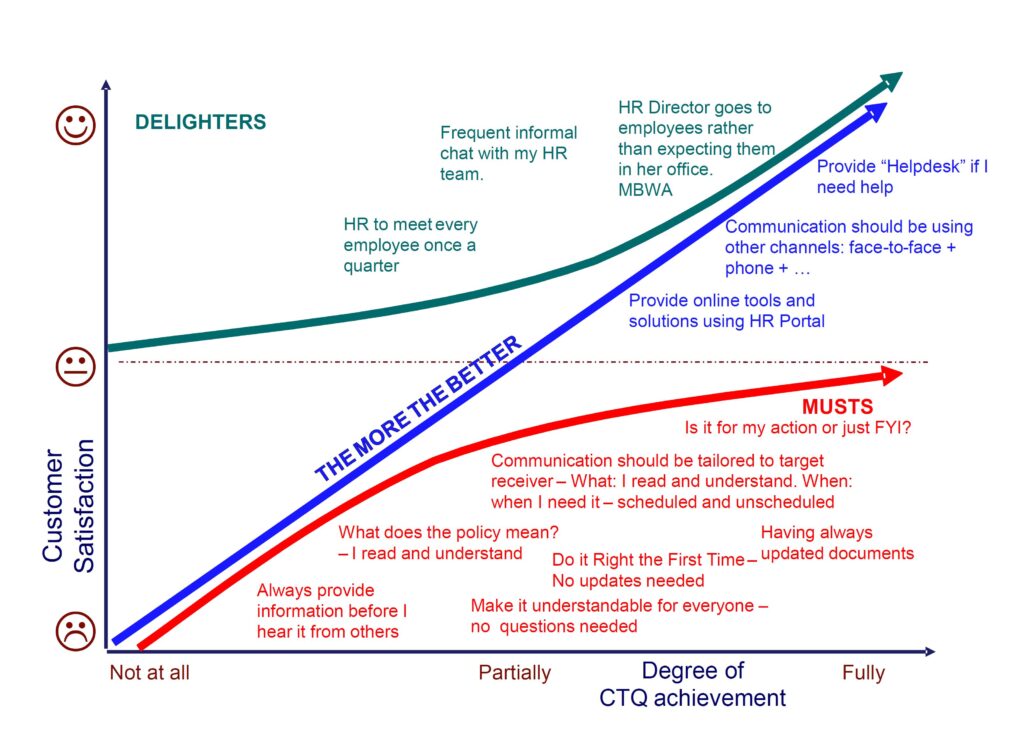
Thirdly, Delighters are defined as representatives of a special set of requirements that can contribute vastly to satisfaction if received and diminutive disappointment if they are not present. They are difficult to detain since the customers usually don’t even think of them due to the minimal expectancy from them.
SIPOC
Another popular Six Sigma tool is Process Mapping (SIPOC, Value-Added Analysis). SIPOC maps Suppliers, Inputs, Process Steps, Outputs and Customers of any given process. The profit of a SIPOC is in the high-level understanding of the process and the definition of process metrics that lead to CTQ metrics.
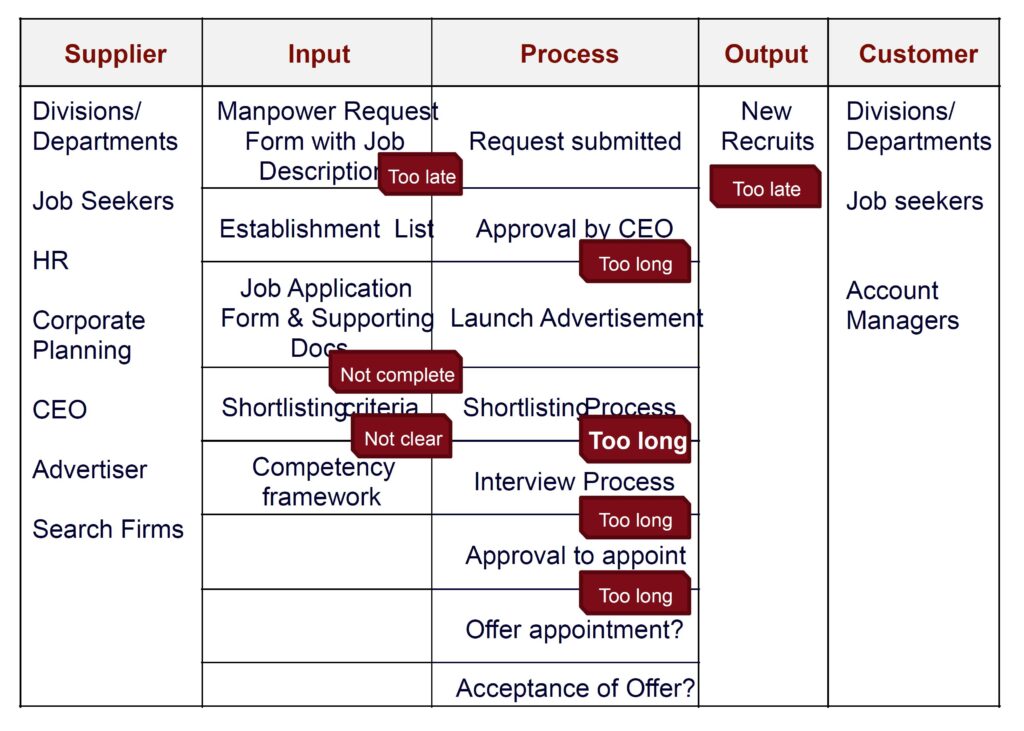
Mapping The Recruitment Case
This kind of findings are everywhere waiting to be discovered. They are easy to embark upon and to resolve once the root cause has been identified. However, resolving the issue is only part of the task. The other – sometimes even more important – part of the task is to promote solutions – without blaming people – and to encourage cross company learning.

Building Six Sigma Competency Model
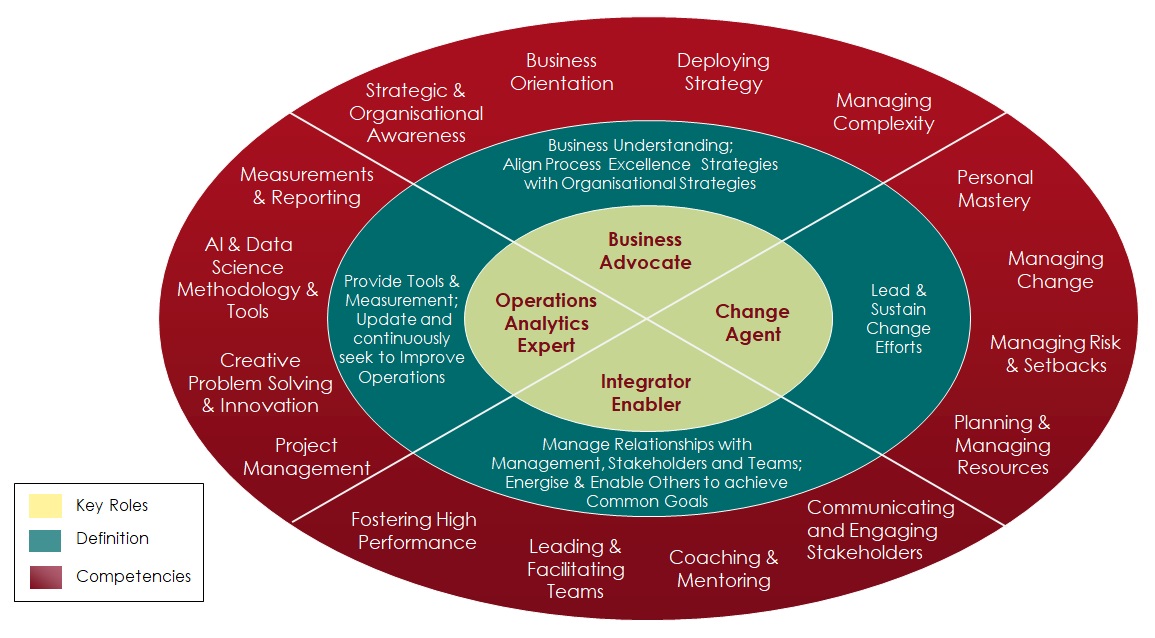
Managing Change
- identify key success factors for building capacity for change;
- provide the extent to which these key success factors are being managed;
- identify the improvement activities for each success factor;
- see the review of the key factors as an iterative process, not an event.



